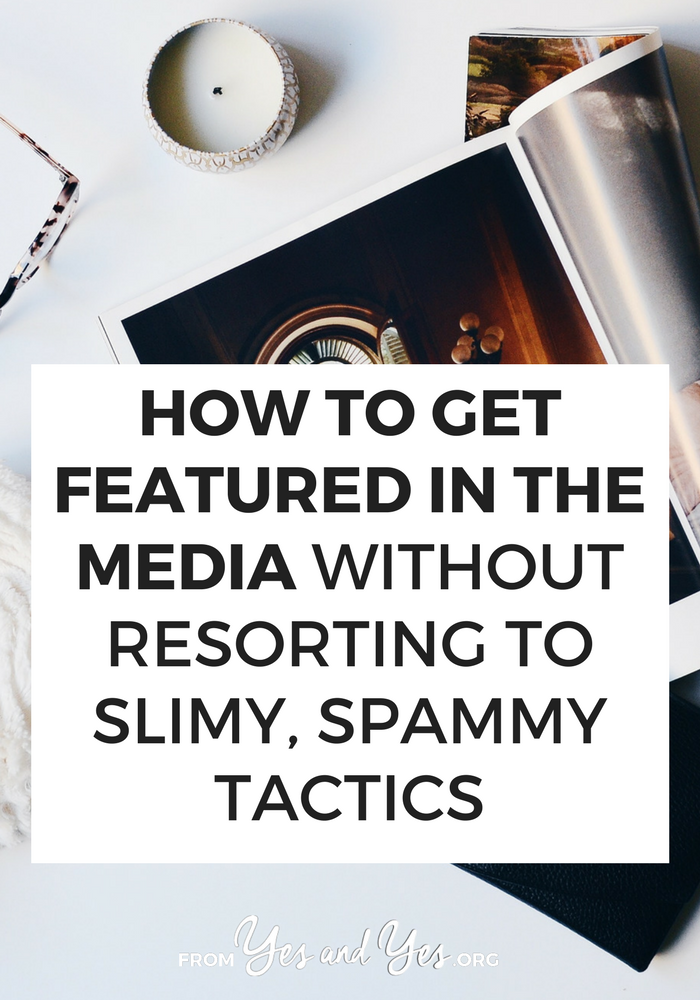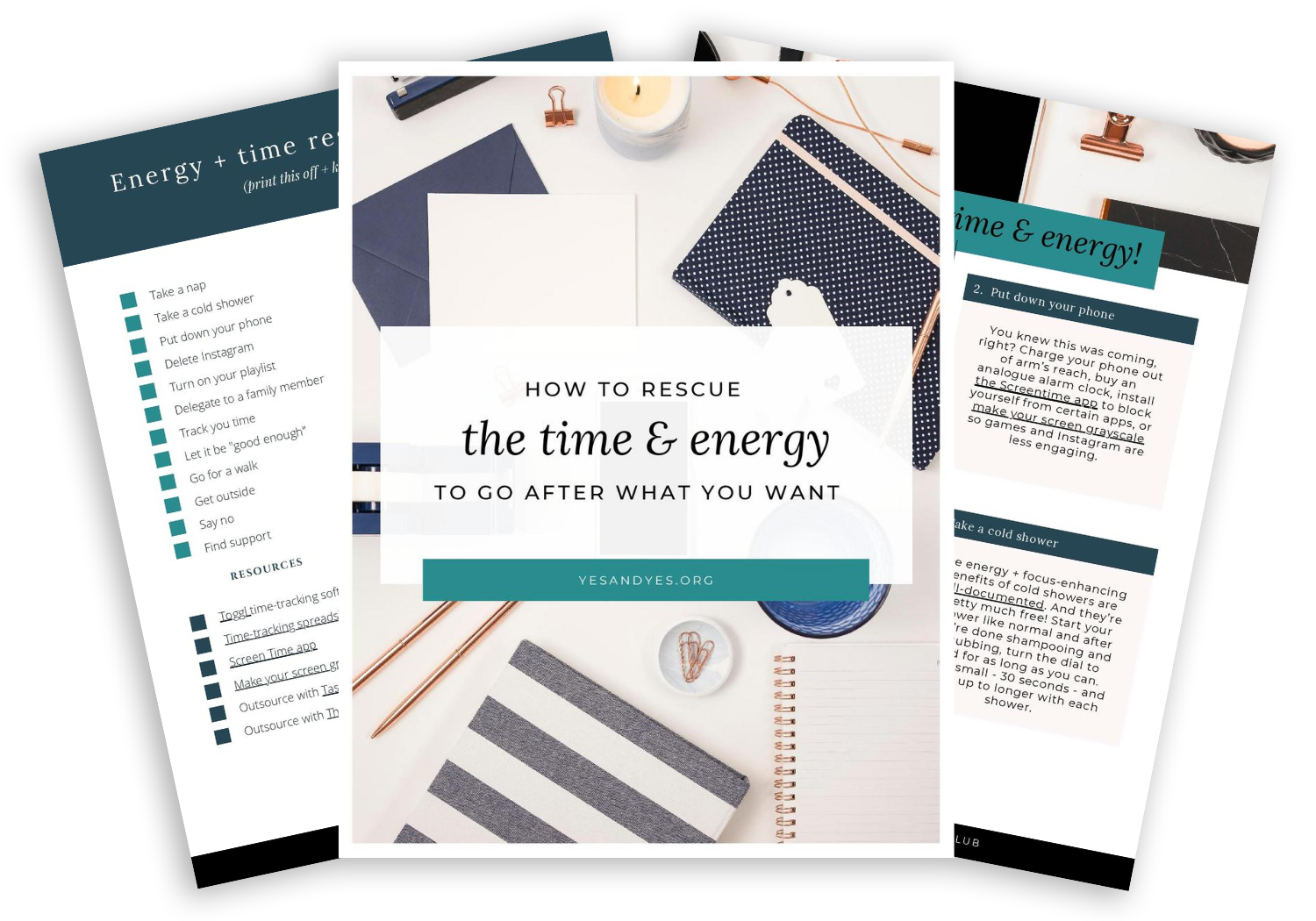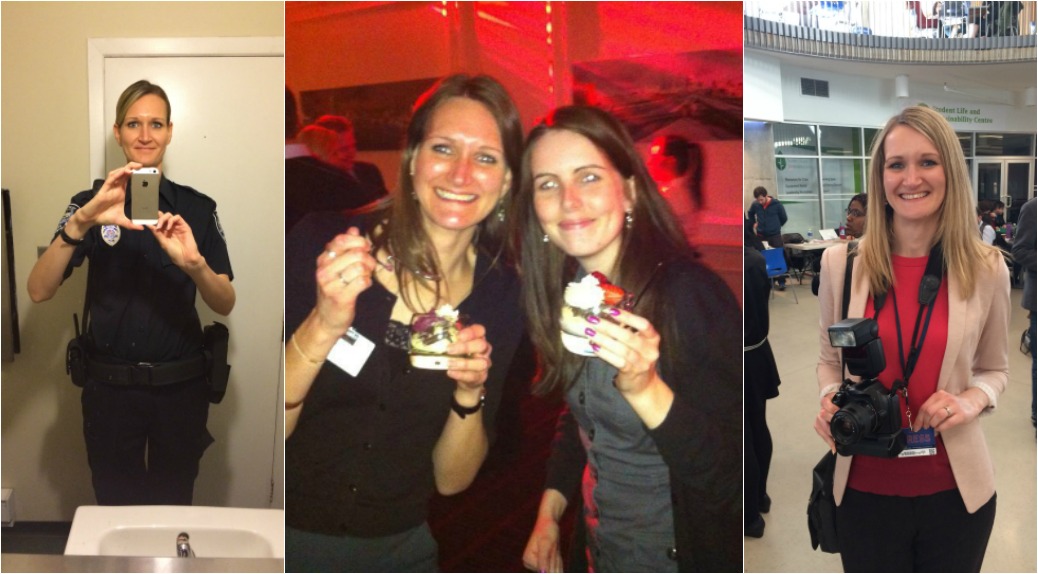
This guest post comes from Janet Murray, a journalist and PR coach, who has written hundreds of articles for the national media and made dozens of TV/radio appearances. She now teaches small business owners how to get major media coverage for their brands, through her blog, podcast, and online training.
If you run a small business, getting media coverage can help you do three things:
-
Get credibility
If you’ve been published in the Huffington Post, Forbes or appeared on CNN, people generally assume you know what you’re talking about 😉 -
Get noticed
Dream of getting a book deal or doing a Ted Talk? Being an established media pundit can help a lot. -
Get more clients
The more people know about what you do, the more people will want to work with you.
But if don’t have much experience of the media, it can feel pretty daunting. What kind of stories are journalists interested? How do you know which ones to contact? And what exactly should you put in your pitch?
This quick-start guide will get you up and running in no time.
1. Leave your ego at the door
If you want to get media coverage for your business, the first thing you need to ask yourself is ‘why am I doing this?’. It doesn’t really matter what your objective is (it could be anything from getting more clients to getting more high-profile speaking gigs) – what’s important is that you have one.
Once you’re clear on your objective, think about who you need to get in front of to make it happen e.g. mums with twins, health coaches, the guys who book speakers for Ted Talks. Then find out what they read, watch and listen to (tip: if you’re not sure how to find out, just find 5-10 people who fit your ‘ideal’ audience and ask them!)
This will help you decide which publications and programmes to target. And this is where you might need to kick your ego in the shins; while you may love the idea of being featured in Vogue or on the set of CNN, if the people you want to get in front of read The Wall Street Journal or some obscure industry title barely anyone’s heard of…that’s where you need to be.
2. Research like a boss
Can you imagine turning up for a job interview without researching the company you want to work for, checking out your interviewers’ profiles on LinkedIn or stalking them on Twitter and Facebook? Nooo, of course not!
Yet people routinely pitch to journalists (who generally get hundreds of pitches each day) without reading their publications or watching their programmes. Then they wonder why they’re not successful.
When I say research, I mean studying publications/programmes like you were swatting up for an exam: making lists of the kind of articles they generally run, identifying any regular slots (e.g. Q & A interviews or opinion columns) that you might be able to help with and stalking their journalists on social media to see what they’re talking about. Anything that will help you pitch ideas that are absolutely perfect for their publication or programme.
When it comes to thinking up ideas to pitch to journalists, the best tip I can give you is this: if you want to get media coverage for your business, stop talking about it.
Take this article I wrote for the Guardian on why women need to stop working for free . Or this Huffington Post article by Stacey Harris about how having pink hair changed her business. Or Natalie McNeil’s Forbes article on women and entrepreneurship. None of those articles are about our businesses, but they give us the opportunity to talk about them…within the context of issues people really care about. And when it comes to getting media coverage, this really is the sweet spot.
Do your homework on contacts too; if you want to increase your chances of getting featured, you need to find out the name and email address of the person who can make a decision about whether to run your piece or not. And don’t send pitches to generic email addresses like editorial@huffingtonpost.com – there’s a good chance no one is reading them.
3. Write a killer email pitch
Most journalists do business by email these days (although it’s fine to call if your idea is time sensitive) so being able to craft a killer pitch is a must.
If you want to increase the chances of your pitch being read, a catchy email subject header is vital…but tread carefully on this one. While it’s tempting to get all clever and show-offy with puns and wordplay, this can actually work against you.
Let’s imagine you run a surf shop, for example, and have invited a personal stylist in to help ‘style’ your customers in the latest beach fashion. While it might be fun to write something like ‘surfing the wave of fashion’ or ‘Wave goodbye to beach fashion blunders’ a busy journalist scanning their inbox will have no idea what your story is about.
Much better to keep it simple and say: ‘Surf shop holding personal styling sessions for customers’. Oh, and don’t forget to label up your subject header with ‘story idea’ or ‘pitch’ (personally, I prefer the former)
Unless it’s absolutely integral to your story, don’t start your pitch with a history of you and your business (I’d generally leave that until right at the end). Get straight the point e.g.:
Dear First Name
I was wondering if you’d be interested in a writing a piece on the personal styling sessions I’m holding at my surf shop on Monday.’
…then follow up with a couple of paragraphs outlining your idea in more detail. There’s no need to go overboard – they can always ask you for more information if they need it.
Do mention if you can provide pictures (professional photos always go down a treat) and it’s fine to attach a couple with your pitch. Just don’t send massive inbox-storage-eating files.
If you haven’t had a reply after a few days, don’t be afraid to chase. But if you haven’t heard after a couple of nudges, it’s probably a ‘no’ (most journalists move pretty quickly if they’re interested in a story).
And, lastly, don’t be too hard on yourself
It’s not uncommon to get loads of knockbacks – or even get ignored completely – when you first start pitching to the media. But if you’re consistent, consistent – and willing to learn from your mistakes, you will get there in the end. Guaranteed.
Now we want to hear from you! Have you ever been featured on a big website or in print? If so – how’d you do it?
P.S. 7 reasons you’re not getting featured in the media.













Your timing is impeccable! I’m currently figuring out how to pitch ideas to magazines and bigger blog sites. Thanks for the tips!